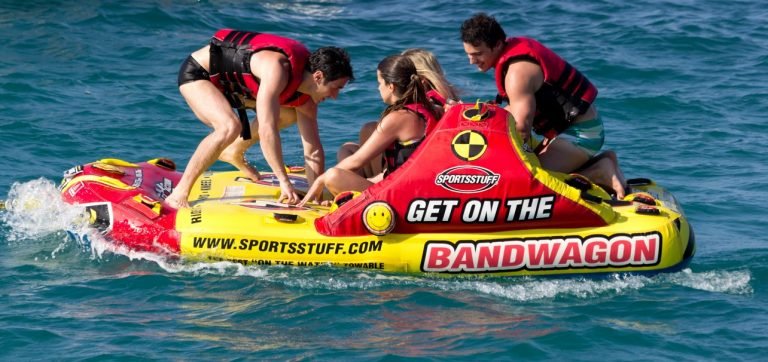Boat Emergency: How to Call for Help
Boating season or not, boat safety is fundamental knowledge to every boater. In this article, we take a look at some of the ways you can call for help in a boat emergency. Emergencies can happen at any time and even the simplest of situations can escalate quite fast to a life-threatening emergency.
Many accidents occur on the water. It could be a storm that has left your boat helpless, a man going overboard or engine problems. Calling for help the minute such disasters strike could mean life or death. This article will cover what you need to have on-board to facilitate quick communication.
Visual Distress Signals
Signaling for help is the basic knowledge in times of emergencies. In fact, the United States Coast Guard requires all recreational vessels equip themselves with visual distress signal equipment. The following are different visual distress signals.
Night Distress Signals
The most common distress signals used at night include the red signal flares and SOS electric signal lights. The latter let off a bright light for a certain period of time and they can be fixed onto a vessel in the same manner an orange distress flag would be fixed.
The flares come in two. The aerial devices and hand-held devices that shoot into the sky displaying a red flare. The aerial devices can be used when help isn’t close by and will launch from a launching device to burn for around 6 seconds.
On the other hand, the hand-held flare can burn for at least 3 minutes and is suitable for use when other boaters are in close vicinity.
The VHF Marine Radio
These radios have specific channels dedicated to distress calls and emergencies and the United States Coast Guard watches these channels on a continuous basis.
How to Use a VHF Marine Radio
Channel 16 is reserved for distress calling and you can use it to reach a station or another boat. Note this channel is only used for emergencies only. Improper use of the channel will lead to penalties. After making initial contact on this channel, shift to channel 69 or 68. Both are non-emergency channels.
How to Issue a MAYDAY Call
If you encounter a life-threatening emergency, you can use channel 16 on the VHF radio to issue a MAYDAY call. The power of the VHF radio and the antenna determine how far your message will travel. However, in an emergency, set the VHF radio to one watt to improve reception of your message. Go through the following steps when issuing the MAYDAY call:
- · Call out, ”MAYDAY, MAYDAY, MAYDAY.”
- · Then, “This is, the name of the boat thrice and call the letters once.”
- · Again, call out, “MAYDAY,” and the name of the vessel.
- · State your location
- · State your emergency.
- · State the type of assistance you need.
- · State the number of people aboard the vessel and report the condition of any injured persons.
- · Describe the vessel and whether it’s seaworthy.
- · Wait for a response. If none, repeat the distress call.
Mobile Phones
This is your last resort in an emergency. Reason being the devices suffer serious limitations in terms of area of service. However, you can use it to contact law enforcement authorities by dialing 911.
To get in-depth knowledge on boat safety, you’ll need to take a boating course and you can start your course at aceboater today.

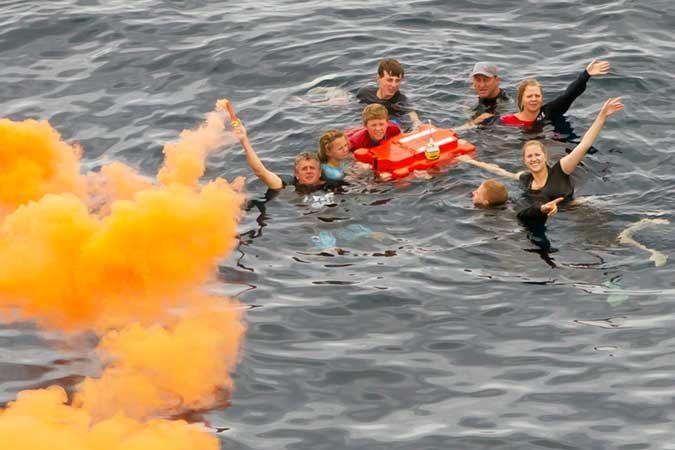
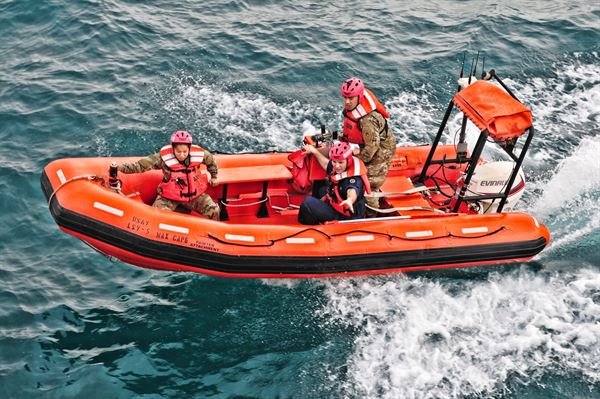
![10 Best Inflatable Kayak Boat Reviews – Buyer Guide [Update 2022]](https://theoutdoorchamp.com/wp-content/uploads/2021/06/Inflatable-Kayak-Boat-768x512.jpg)
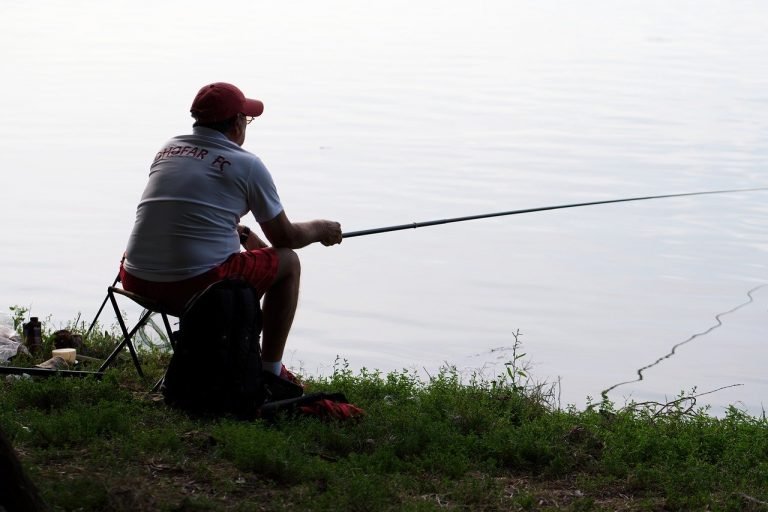
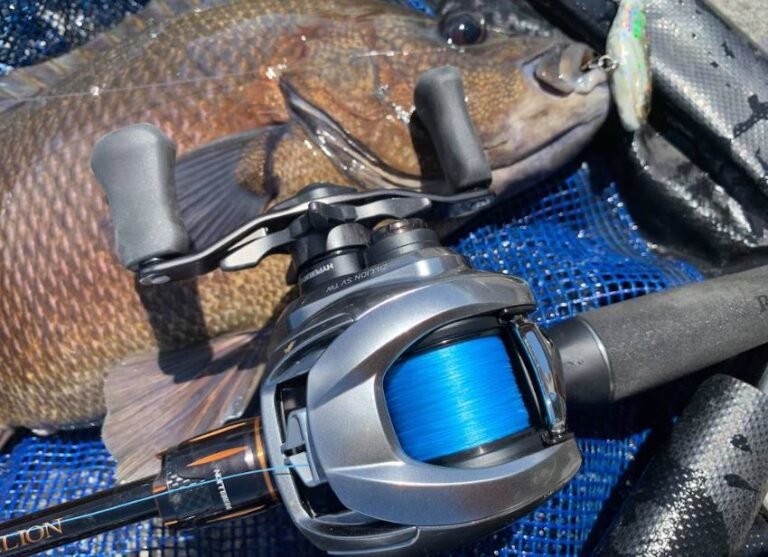

![Benefits Of Polarized Sunglasses For Fishing [ Infographic ]](https://theoutdoorchamp.com/wp-content/uploads/2021/06/Polarized-Sunglasses-768x512.jpg)
